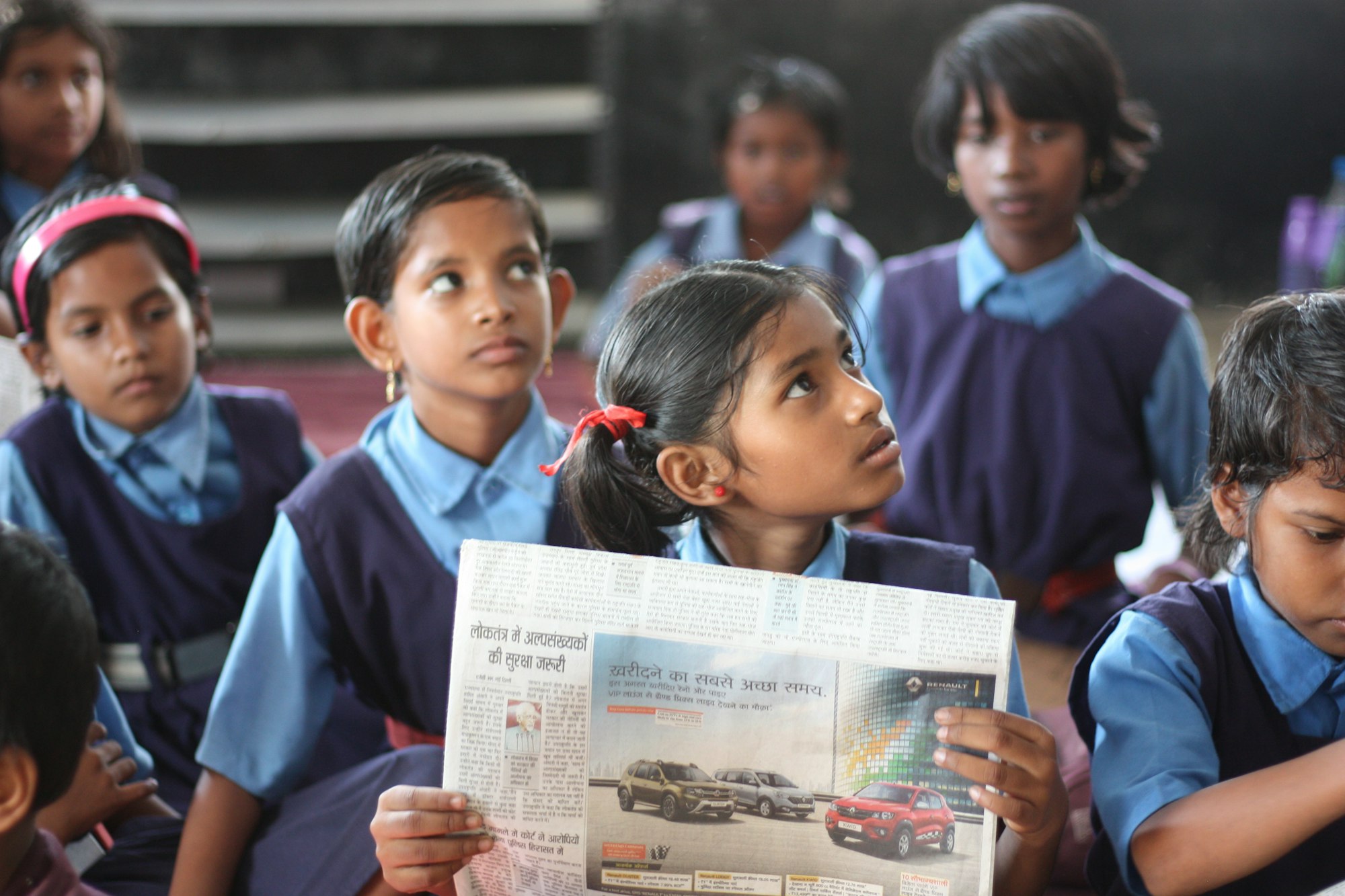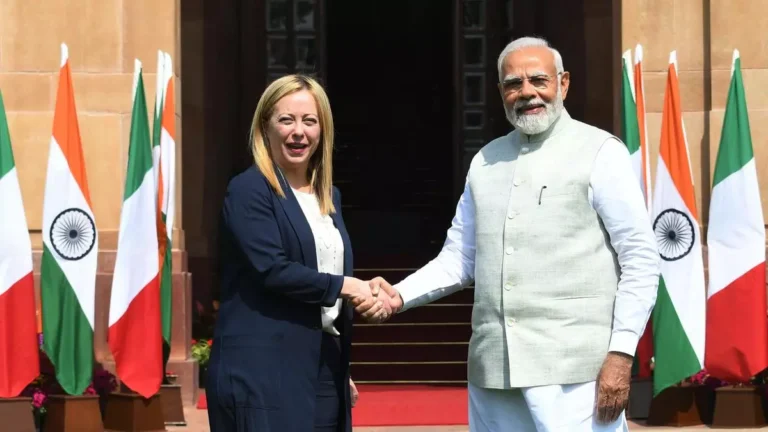
In July 2020, India unveiled its New Education Policy (NEP) after nearly three decades, marking a significant milestone in the country’s educational landscape. The NEP aims to revolutionize India’s education system, catering to the evolving needs of the 21st century and fostering holistic development among learners. Let’s delve into the key features, implications, and challenges of India’s ambitious educational reform.
Holistic Approach to Learning
One of the cornerstones of the NEP is its emphasis on holistic and multidisciplinary education. The policy advocates for a shift from rote memorization to experiential learning, critical thinking, and creativity. It promotes a flexible curriculum framework that enables students to explore diverse subjects and develop a well-rounded skill set suited for the challenges of the future.
Early Childhood Care and Education (ECCE)
Recognizing the importance of early childhood development, the NEP lays emphasis on expanding access to quality ECCE for children aged 3 to 6 years. The policy aims to integrate ECCE into the mainstream education system, providing a strong foundation for lifelong learning and cognitive development. It also seeks to enhance the professional development of ECCE educators and caregivers.
Multilingualism and Regional Languages
The NEP advocates for the promotion of multilingualism and the preservation of India’s linguistic diversity. It encourages the use of mother tongue or regional languages as the medium of instruction at the primary level while offering opportunities for the study of other languages. This approach not only enhances cognitive abilities but also fosters a deeper appreciation of cultural heritage and identity.
Flexibility and Choice in Higher Education
At the higher education level, the NEP envisages a flexible and multidisciplinary approach to learning. It emphasizes the integration of vocational education, internships, and experiential learning opportunities into academic programs, enabling students to acquire practical skills and industry-relevant knowledge. The policy also promotes greater autonomy for universities and colleges to foster innovation and excellence.
Digital Education and Technology Integration
In light of the digital revolution, the NEP underscores the importance of leveraging technology to enhance access, equity, and quality in education. It advocates for the integration of digital tools, online resources, and e-learning platforms into teaching and learning processes. The policy also calls for the development of digital infrastructure and capacity-building initiatives to bridge the digital divide.
Challenges and Implementation Hurdles
While the NEP holds immense promise for transforming India’s education system, its successful implementation faces several challenges. These include inadequate funding, infrastructural constraints, teacher capacity-building, and resistance to change from entrenched educational practices. Addressing these challenges requires sustained political will, collaborative efforts, and stakeholder engagement at all levels.
Conclusion
India’s New Education Policy represents a bold and ambitious vision for the future of education in the country. By embracing holistic learning, promoting multilingualism, fostering flexibility, and harnessing the power of technology, the NEP seeks to empower learners and equip them with the skills and knowledge needed to thrive in a rapidly changing world.
As India embarks on the journey of educational transformation, it must prioritize inclusive and equitable access to quality education for all segments of society. By investing in human capital, nurturing creativity and innovation, and fostering a culture of lifelong learning, India can realize the full potential of its demographic dividend and emerge as a global leader in the knowledge economy.




